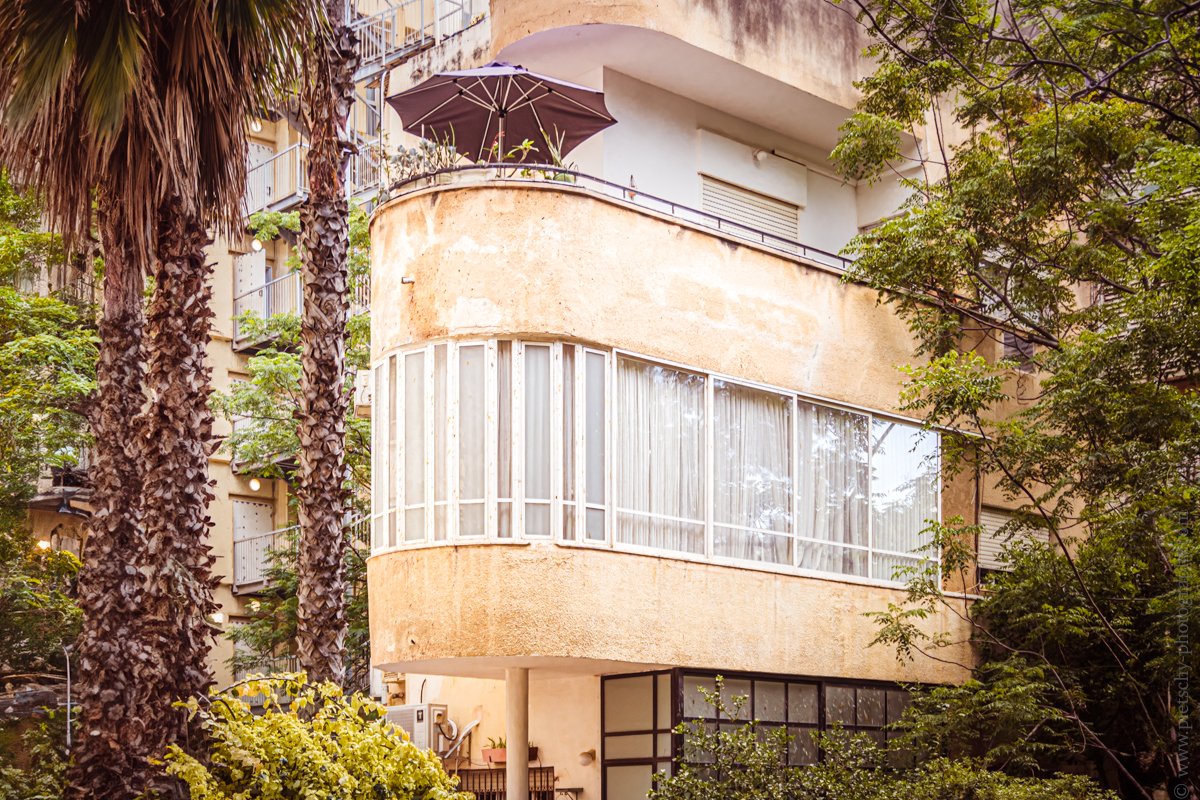Embracing the wild brush of nature (Bauhaus in Tel Aviv)
Embracing the wild brush of nature
In the unrest of existence, there's a profound longing for a personal haven—a place for solitary sanctuary, a quest for calm within the storm. This deep-rooted human tendency towards creating order from chaos signifies our endless quest for perfection.
Yet it is only when the deliberate strokes of human order and the wild brush of nature merge that life really happens. The raw, unstructured beauty of the natural world embodies a form of flawless imperfection, revealing its intrinsic perfection in what seems like chaos and randomness.
Rather than seeking a meticulously organized retreat and attempting to segregate ourselves from the greater whole, finding our place within this dynamic interplay invites a richer, more connected experience of life, where imperfection's beauty is acknowledged and celebrated.
Bauhaus architecture in Tel Aviv
Bauhaus architecture in Israel, particularly in Tel Aviv, represents a comprehensive expression of the Modern Movement in a unique cultural and geographic setting. Designated as the "White City," Tel Aviv boasts the world's largest collection of Bauhaus or International Style buildings. Constructed from the 1930s onwards by German Jewish architects who immigrated to the British Mandate of Palestine after the rise of the Nazis, these buildings reflect the ideals of Bauhaus design: functionality, simplicity, and a harmony between art, craft, and technology.
With over 4,000 buildings, the White City stands as a testament to the adaptability of the Bauhaus philosophy to the local environment, incorporating features like long balconies, pilotis, and flat roofs used as communal spaces, all designed to mitigate the hot Mediterranean climate. The Bauhaus legacy in Israel is a dialogue between stark European modernism and the ancient landscapes of the Middle East, encapsulating a historical narrative of cultural fusion, architectural innovation, and the creation of a new urban identity.
Hi there, I'm Stefanie, the photographer, and author of the blog post you're reading now.
Search blog


